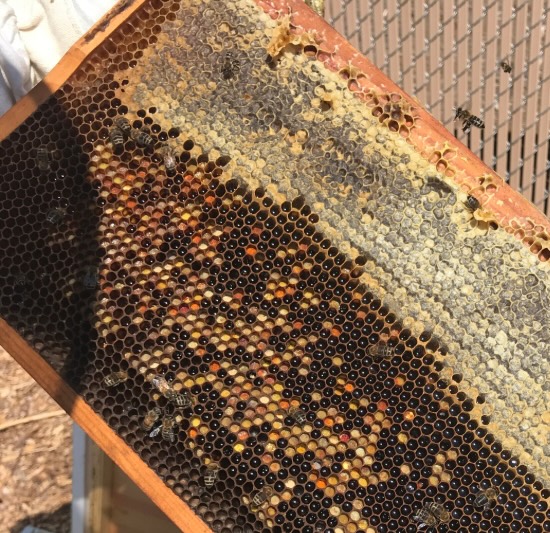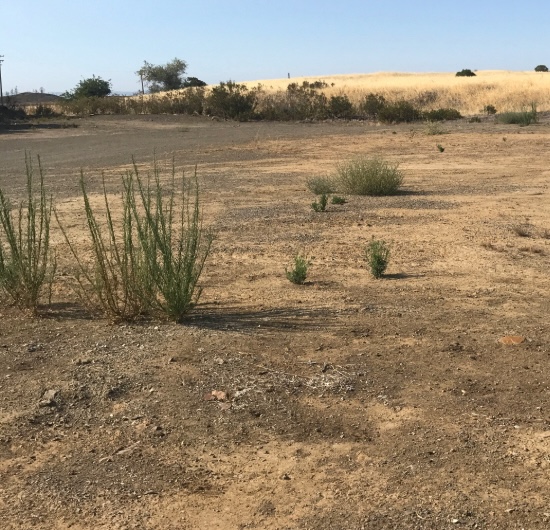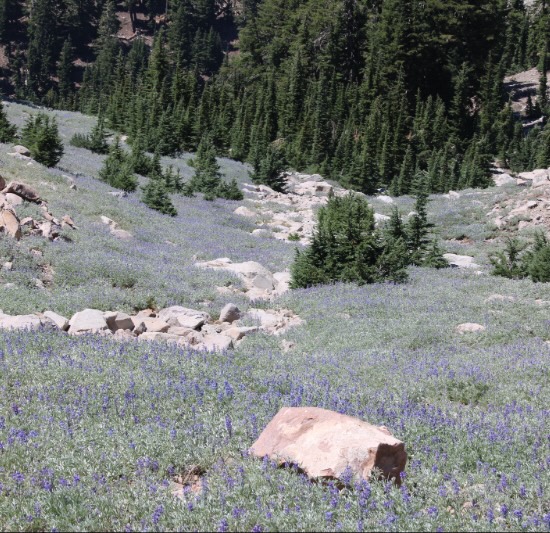Research

Although my interest in insects began at a very young age (see ladybug photo) it was during my undergraduate years that I got the opportunity to work in an apiary studying honeybee genetics. I spent a lot of time in the apiary just learning how to handle bees and paying attention to their social behaviors. It was the first time I noticed how much you can learn just by watching movement. Those early days at the apiary sparked my fascination with behavior — with how small, repeatable actions reveal something about how animals interact with their world.
That early fascination with behavior and ecology would eventually guide much of the work I do today, though it’s taken a few detours along the way.

For a while I moved to Northern California to work in fire ecology. The landscapes there were dynamic and full of contrast — charred fields next to bright rolling hills. I studied how plant and insect communities recover after wildfire, how the structure of a landscape changes over time, and what that means for the organisms living there. It was my first real exposure to large-scale ecological change, and it made me think about how behavior — the simple act of moving, feeding, or dispersing — can help species persist in environments that don’t stay still for long.

Fire-prone ecosystems taught me that behavior and environment are intertwined — that recovery is not just ecological, but behavioral. Even small changes in movement and habitat use can reshape how species persist after disturbance.
After my fieldwork in Northern California, I spent some time outside academia, working at a genetics company but continuing to do restoration and conservation work in coastal environments. I missed research, but I also gained perspective — learning how applied ecological work fits into broader environmental and social systems. It gave me a new appreciation for the interface between science and practice, and reminded me that data is most powerful when it connects back to the real landscapes it comes from.

Later, I joined the Nett Lab at Harvard, where I worked on plant biosynthesis. It was a big shift from field ecology — trading boots for a lab coat — but I found myself drawn to the precision of it. Studying how plants produce specialized compounds gave me a new way to think about adaptation: how molecular pathways evolve to help organisms respond to stress or disturbance. It was another reminder that the same principles apply across scales — from a plant cell to an ecosystem.

Now, I’m a PhD student in the de Bivort Lab at Harvard University, where I study how insects move — and what those movements can tell us about evolution and the environment. My work combines computational ethology and remote sensing to understand how locomotion changes across species and habitats. By tracking movement at fine scales and comparing it across lineages, I’m trying to uncover how evolution shapes the ways animals explore, navigate, and respond to their surroundings.
A big part of my research looks at how environmental disturbance — like fire or habitat loss — influences the diversity of locomotor strategies. I’m building a large behavioral dataset spanning many insect species and mapping those traits onto phylogenies to see how patterns of movement evolve through time. At the same time, I’m linking those patterns to environmental data from remote sensing to see how behavior reflects the landscapes insects inhabit.
What I love most about this work is that it connects so many perspectives — from detailed behavioral recordings in the lab to broad ecological signals across landscapes. It’s a way of using movement as a language, one that helps us understand how animals adapt, persist, and change alongside their environments.